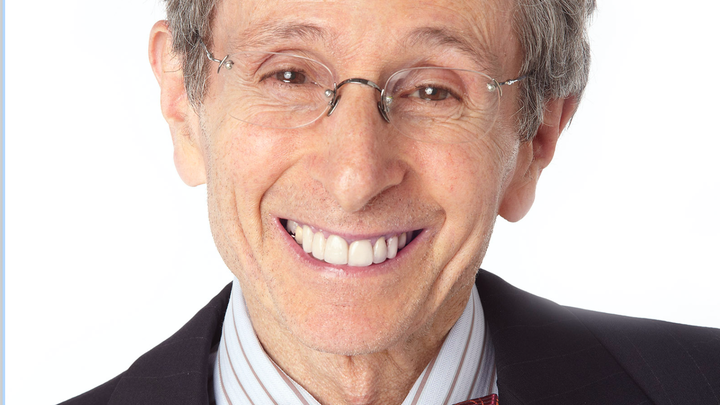Donation protected
Osteopenia and osteoporosis, 'the silent disease,' affect more than 50 million people in the United states. Projecting that out from our 330,000,00 inhabitants to the more than 8,000,000,000 that currently live on our planet, means that more than 1 billion people have these conditions as you read this. Vertebral fractures are the most common; there is one every 3 seconds in the US, but hip fractures are the most serious: 1 in 4 people with these fractures will perish, another 1 in 4 will never leave the nursing facility to which they're admitted after such a fracture; the other half will return to their previous lives.
As we age, bones are weakened to the breaking point by hereditary, hormonal, metabolic and nutritional factors. Exercise plays an inestimably large part in our bones’ strength and even their shape. Although they are sometimes necessary, the medications are costly and have serious side-effects. We have spent more than 15 years refining and then validating our yoga program, that can be done safely by even quite debilitated people. The peer-reviewed published results of 741 patients followed over a 10 year period show that this yoga improves bone mineral density:
The 12-minute Series 1 DVD that was proven successful in our trial presents each of the 12 poses for 30 seconds, with instruction. We asked participants to also obtain spine and hip X-rays before beginning the study, and after two years doing the yoga. Not everyone did, but in more than 250,000 hours of people doing the DVD, most with osteopenia or osteoporosis, there are no reported fractures to date. This program is effective in people of all ages, whether they have osteopenia or osteoporosis or not.
The DVD can be seen
Here.
In the two years before starting yoga, patients lost bone mineral density in spine, hip and femur according to their DEXA scans, but after two years of yoga, their DEXA scans showed that they had gained in all three categories .
The study showed significant improvement in bone mineral density in the spine and femur. In 2 out of three measures, the hip was also significantly strengthened. Here are the graphical representations of the improvements on two of the three statistical measures:
Detailed comparison: Before starting yoga (dark grey) vs. after two years practicing the 12-minute DVD at least four times per week (light grey):

We compared the change in bone mineral density measured in the two years prior to beginning the yoga program with the same change in the two years after practicing the yoga program on the DVD. Note that the average values prior to starting the study were all negative, and the average values after two years of yoga were all positive. Thus the yoga, done almost daily for two years, has been shown to build bone significantly in the spine and the femur, the two most frequent sites of fracture.
On the basis of these two successful studies we've been asked to teach the yoga method to patients of AIMS, a charity-supported 1,350 bed hospital in Kerala, India. If successful, this free-to-all application of yoga can be used anywhere and everywhere in the world, reducing the misery and death that follow osteoporotic fractures. The time available is too short to see funding through the usual channels.
The hospital's staff have pledged to give freely of their time in this study. Physicians' and nurses' services, yoga teachers, laboratory tests and DEXA scans are all contributed "in kind." I am giving my time teaching the yoga teachers the same way. We request funds only for the nutritional component: vitamin D3 1000 IU, Calcium 750 mg, and magnesium, 250 mg for 50 people for 2 years, funds for travel to and from Kerala, and the IRB ethical board fees that must be passed in the US to conduct the study.
Our team includes:
Farah Shroff, Ph.D., Harvard TH Chan School of Public Health--Takemi Fellow in International Health (2021-22) and Harvard Health Lab Board Member; Founder, Maternal and Infant Health Canada
Professor Ravi Sankaram, MD Professor of Physiatry at AIMS Hospital in Kerala, India
Priya Nair, MD, Academic endocrinologist at AIMS Hospital in Kerala, India
Loren Fishman, MD, B,Phil.,(oxon.) Regenerative and Rehabilitation Medicine, Columbia University Medical School.
Donated funds will go to the non-profit "Yogatherapedia" EIN 83-3295248 and all are tax-deductible.
Organizer
Loren Fishman
Organizer
New York, NY
